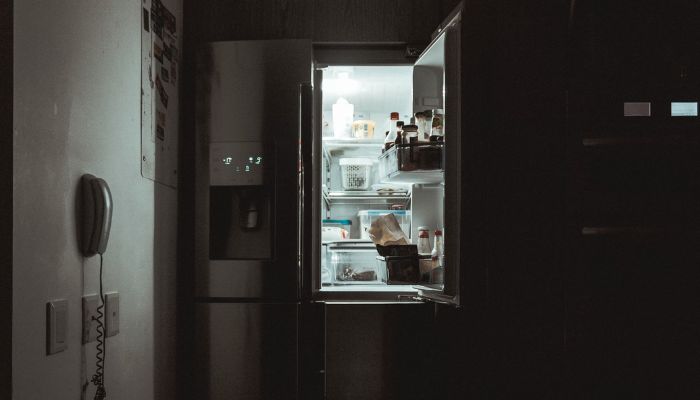This new way to refrigerate has zero global warming potential
Currently, high Global Warming Potential gases like different hydrofluorocarbons (HFCs) are used in vapour compression systems
January 15, 2023

Say hello to ionocaloric cooling, a novel technology for reducing mercury that may eventually replace current techniques, introduced in a study published in Science.
Typical refrigeration systems use a gas that cools as it extends far away to remove heat from an area. Despite the efficiency of this procedure, some of the preferred gases we employ have a negative impact on the environment.
However, there are numerous ways to compel a substance to absorb and release heat energy.
A novel technique created by scientists at the University of California, Berkeley and the Lawrence Berkeley National Laboratory in the US makes use of the way energy is stored or released when a material changes phase, such as when solid ice transforms into liquid water.
If you raise the temperature of an ice block, it will melt. The fact that melting efficiently cools its environment by absorbing heat from its surroundings may not be as obvious to us.
Adding a few charged particles, or ions, to the ice can help it melt without the need for extra heat. One typical instance of this in action is the application of salt to roads to stop ice from forming. Salt is also used in the ionocaloric cycle to alter the phase of a fluid and chill its surroundings.
"The landscape of refrigerants is an unsolved problem," Science Alert quoted mechanical engineer Drew Lilley, from the Lawrence Berkeley National Laboratory in California as saying. "No one has successfully developed an alternative solution that makes stuff cold, works efficiently, is safe, and doesn't hurt the environment."
"We think the ionocaloric cycle has the potential to meet all those goals if realised appropriately."
The ionocaloric cycle theory was modelled by the researchers to demonstrate how it might compete with or even outperform current refrigerants in terms of efficiency. The ions in the system would be moved by a current flowing through it, changing the material's melting point just like temperature did.
The scientists also conducted tests to melt ethylene carbonate using a salt comprised of sodium and iodine. This typical organic solvent is created utilising carbon dioxide as an input and is also utilised in lithium-ion batteries. This could result in the system having a negative global warming potential rather than just zero.
Less than one volt of charge was used in the experiment, which produced a temperature shift of 25 degrees Celsius (45 degrees Fahrenheit), beyond what previous caloric technologies have so far been able to do.
"There are three things we're trying to balance: the GWP of the refrigerant, energy efficiency, and the cost of the equipment itself," remarked mechanical engineer Ravi Prasher, from the Lawrence Berkeley National Laboratory, adding that the first attempt showed promising data.
Currently, high GWP gases such as different hydrofluorocarbons (HFCs) are used in vapour compression systems. Ionocaloric cooling could play a significant role in countries that signed the Kigali Amendment's commitment to reduce the production and consumption of HFCs by at least 80% over the next 25 years.
Now, scientists must transfer the technology from the lab to real-world platforms to make the user commercial and scale up without any problems. These systems may eventually be utilised for both cooling and heating.









